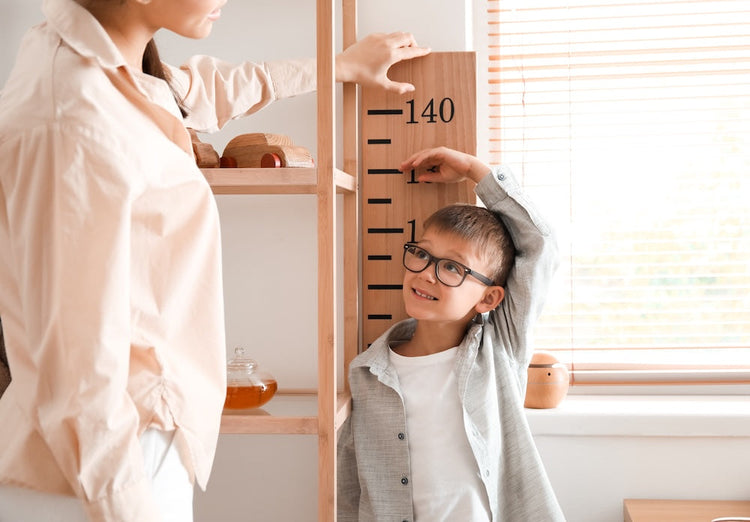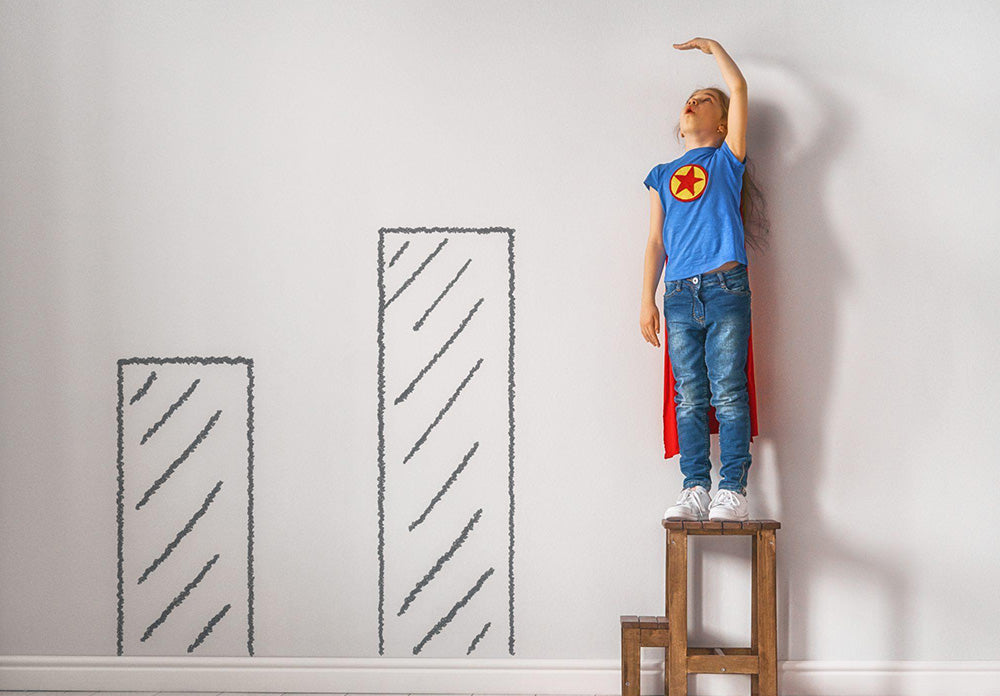Collection: Pediatric HGH Therapy
Pediatric HGH Therapy helps children with growth hormone deficiency reach their full potential. Caused by the pituitary gland producing too little or no growth hormone, this condition can result in short stature. Early diagnosis and treatment can support healthy growth and help many children achieve a normal height, promoting confidence and well-being.

What is growth hormone deficiency?
As the name implies, growth hormone deficiency results when the pituitary gland doesn't produce enough growth hormone to stimulate the body to grow. This can result in noticeably short stature in children.
Growth hormone deficiency may be partial (the pituitary gland produces insufficient amounts of growth hormone) or total (the pituitary gland produces no growth hormone).
Growth hormone deficiency may occur during infancy or later in childhood.
About one in 4,000 to 10,000 children have growth hormone deficiency.
With early detection and treatment, many of these children can reach a normal height.

What are the symptoms of growth hormone deficiency?
The most common symptom of GHD in children is their significantly shorter height than other children the same age. Children who have GHD typically grow less than two inches per year during puberty. Some other common symptoms may include:In addition to noticeably slow growth with normal body proportions, signs may include:
- immature appearance, compared to peers
- Late puberty
- Increased pockets of fat in the abdomen or face
- Slow development or growth of teeth and hair
- a chubby body build
- a prominent forehead
- an underdeveloped bridge of the nose
- Growth hormone deficiency has no effect on a child’s intelligence.

What are complications of growth hormone deficiency?
Some research suggests that there are additional complications from growth hormone deficiency, including:
- decreased bone mineral density
- increased cardiovascular risk factors
- decreased energy level
How we treat growth hormone deficiency?
In order to determine if HGH is a viable option, we will look at the patient’s bone density levels to determine if the growth plates have been closed or not. This can be done with a simple x-ray. Measure amounts of insulin-like growth factor-1 (IGF-1) and insulin-like growth factor binding protein-3 (IGFBP-3) in the blood.
Typically, treatment of growth hormone deficiency involves receiving regular injections of synthetic human growth hormone, and children receive daily injections. Treatment usually lasts several years, although results are often seen as soon as three to four months after the injections are started.
The earlier treatment for growth hormone deficiency is started, the better chance the child will have of attaining her normal or near-normal adult height. However, not all children respond well to growth hormone treatment.
Children who have mutations that make their cells unresponsive to the growth hormone may be treated with injections of synthetic human IGF-1 instead.
These injections are reserved for patients who are extremely short and have very low IGF-1 levels, but who passed their growth hormone stimulation testing.
The American Academy of Pediatrics (AAP) recommends that therapy with growth hormone is medically and ethically acceptable for children.
with classic growth hormone deficiency
whose extreme short stature prohibits their participation in everyday activities and who have a condition that will benefit from growth hormone therapy. Contact us today! Meet our experts at New Regeneration.
